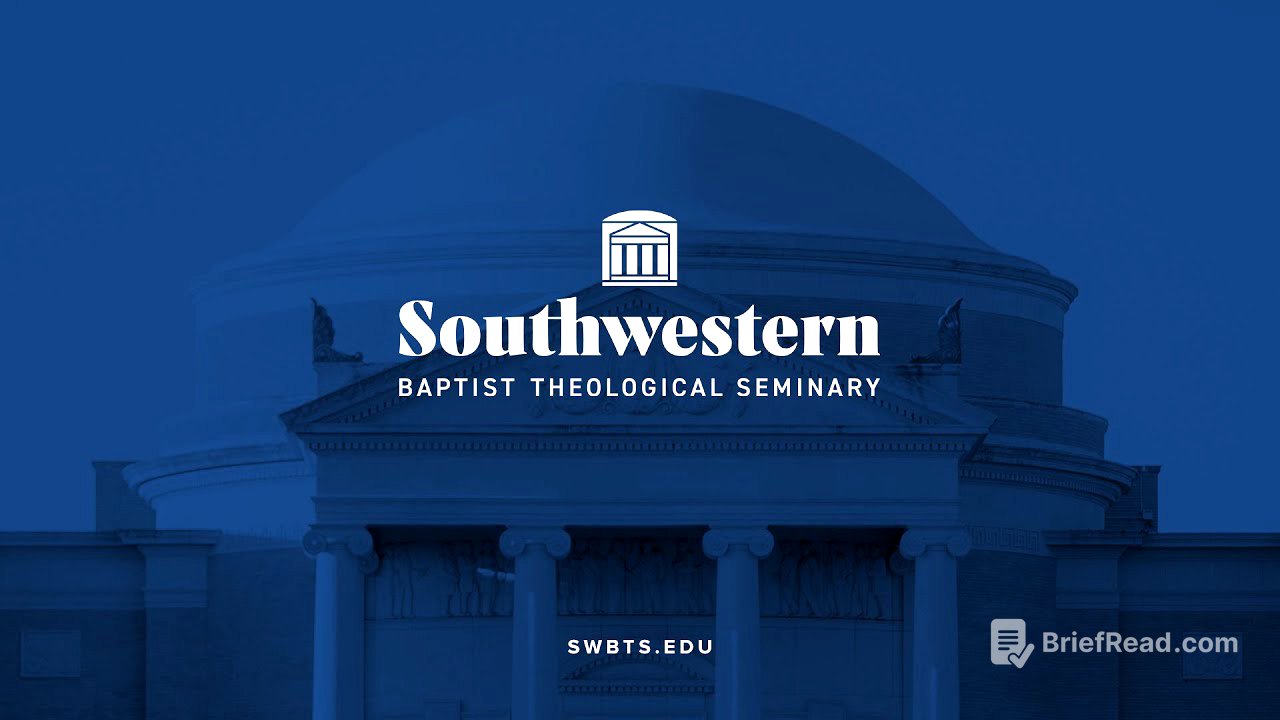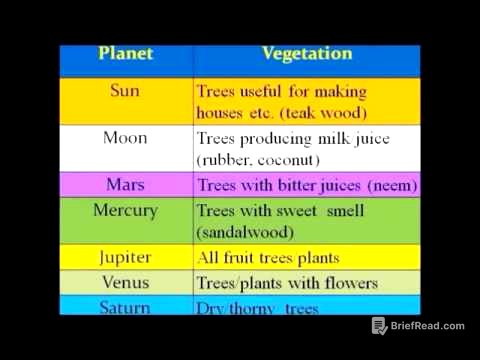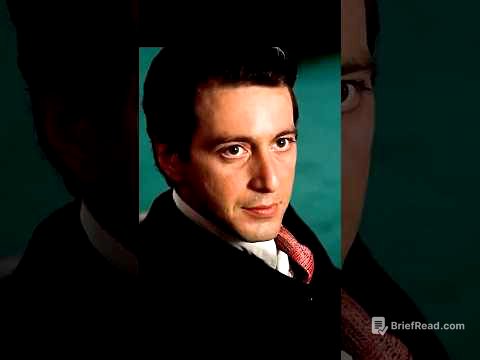TLDR;
This sermon by Chancellor O.S. Hawkins focuses on understanding true worship through Isaiah 6. It highlights three key aspects: seeing God in His holiness, recognizing our own helplessness, and understanding the hopelessness of others without Christ. The sermon emphasises that true worship leads to a transformed perspective, prompting confession, dedication, and a commitment to evangelism.
- True worship involves seeing God in His holiness.
- Recognising our own helplessness and sinfulness is a crucial part of worship.
- Genuine worship leads to a desire to share the Gospel with others.
Call to Worship and Song [4:30]
The congregation is called to worship with a reading from Psalm 145, which declares praising the Lord and blessing His holy name forever. Following this, they sing "All Creatures of Our God and King," praising God with voices and instruments.
Opening Prayer [8:38]
The speaker leads a prayer, expressing gratitude for the opportunity to gather and praise God. He asks for encouragement and strength through God's Word, blessings upon Dr. Hawkins, and guidance for students. The prayer also includes intercession for those in need of help, encouragement, and healing, specifically mentioning Jimmy Draper's surgery and asking for future health and recovery.
Introduction of Chancellor O.S. Hawkins [10:38]
Chancellor O.S. Hawkins is introduced as the speaker for the Chancellor's Chapel. His background is highlighted, including his role as Chancellor since 2022, his previous leadership at Guidestone Financial Resources, and his pastoring of prominent churches. He is also recognised as a prolific author, particularly known for "The Code" series, and appreciated as a gifted preacher.
Scripture Reading: 1 Peter 1:2-4 [11:42]
The scripture reading is taken from 1 Peter 1:2-4, which speaks of God's foreknowledge, the sanctifying work of the Spirit, obedience to Jesus Christ, and the inheritance of a living hope through the resurrection of Jesus Christ.
Worship Song: Praise the Father, Praise the Son [12:40]
The congregation sings "Praise the Father, Praise the Son," a song of worship that praises the Trinity and acknowledges Christ's sacrifice and resurrection. The song emphasises redemption, reconciliation, and the ultimate victory over death.
Worship Song: Oh, How Sweet to Trust in Jesus [17:22]
The congregation sings "Oh, How Sweet to Trust in Jesus," which speaks about trusting in Jesus' word, resting upon His promise, and knowing His faithfulness. The song expresses a deep reliance on Jesus for cleansing, healing, and constant companionship.
Introduction to the Sermon: How Do You Know You've Truly Worshiped? [21:29]
The sermon begins with the question of how one can know if they have truly worshiped. Referencing President's convocation address on the importance of worship, the speaker introduces Isaiah 6 as a passage that reveals three ways to understand true worship.
Seeing God in His Holiness [31:47]
The first evidence of true worship is seeing God in His holiness. Isaiah's vision of God on His throne, surrounded by seraphim, illustrates God's transcendent and separate nature. Worship is about God, not about self, and should be Christ-centered rather than man-centered. The speaker contrasts this with a "new trendy gospel" focused on self-fulfillment, reminding that the true gospel is about self-denial and Christ's redemptive plan.
The Context of Crisis: King Uzziah's Death [36:46]
The speaker highlights the context of Isaiah's vision: the year King Uzziah died. Uzziah's death created uncertainty and a leadership vacuum. Isaiah's vision of the Lord seated on His throne assures that God is still in control, even when earthly leadership fails.
Seeing Yourself in Your Own Helplessness [39:58]
The second evidence of true worship is seeing oneself in their own helplessness. Isaiah's response to seeing God's holiness was to declare, "Woe is me! For I am lost." True worship leads to confession of sin and recognition of one's unworthiness. The speaker uses examples from Job, Peter, and Paul to illustrate how encountering God's holiness reveals our own sinfulness.
Seeing Others in Their Hopelessness [45:45]
The third evidence of true worship is seeing others in their hopelessness. After Isaiah's confession and cleansing, he hears God's call, "Whom shall I send?" Isaiah responds, "Here am I! Send me." True worship leads to a dedication to service and an evangelistic heart. The speaker emphasises that true worship recovers the understanding that those without Christ are lost beyond hope and eternity.
The Call to Go and Tell [49:08]
The speaker concludes by noting that the "go" always follows the "woe." Only after recognising our sinfulness and experiencing God's cleansing can we truly respond to His call to go and tell others about Christ. He suggests that some listeners may be experiencing a "Uzziah has died" moment, but God remains on the throne. The sermon ends with a call to respond to God's question, "Whom shall I send?" with a surrendered heart.
Response and Closing Song: Thank You for the Cross [52:31]
The congregation responds to the sermon by singing "Thank You for the Cross," expressing gratitude for Christ's sacrifice and the amazing grace received through it. The song acknowledges Christ as the worthy Lamb seated on the throne.
Benediction [56:48]
The service concludes with a benediction from Hebrews 13, praying for God's peace and equipping to do His will, that they may be pleasing in His sight.









